7.12.2018
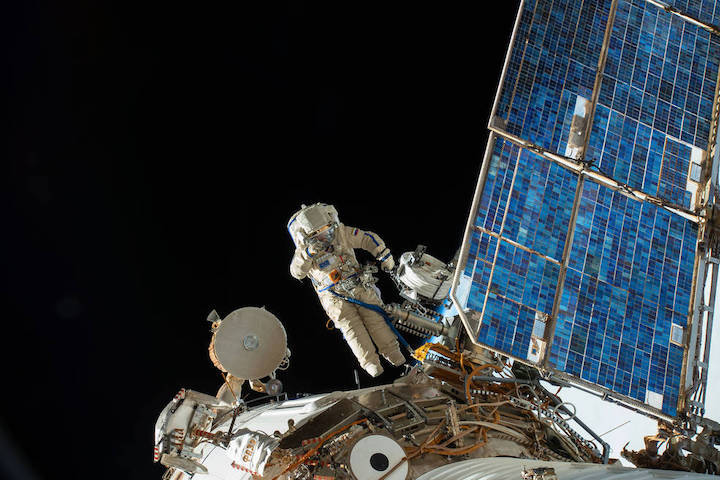
Two Russian cosmonauts will venture outside the International Space Station at 11 a.m. EST Tuesday, Dec. 11, to conduct a six-hour spacewalk. Live coverage will begin at 10 a.m. on NASA Television and the agency’s website.
Expedition 57 Flight Engineers Oleg Kononenko and Sergey Prokopyev of Roscosmos will use this spacewalk to examine a section of the external hull of the Soyuz MS-09 spacecraft currently docked to the space station. In late August, a pressure leak occurred on the space station that was traced to the Soyuz. Within hours after finding the source of the leak, the Expedition 56 crew sealed the hole and the station has since maintained a steady pressure.
The cosmonauts will take samples of any residue found on the hull and take digital images of the area before placing a new thermal blanket over it. The samples and images will provide additional information that will aid the investigation into the cause of the pressure leak. The cosmonauts also will retrieve science experiments from Rassvet before heading back inside.
Kononenko, extravehicular crew member 1 (EV1), will wear a spacesuit bearing red stripes on this spacewalk, the fourth of his career. Prokopyev, on his second spacewalk, will bear blue stripes as EV2.
Prokopyev, NASA astronaut Serena Auñón-Chancellor, and ESA (European Space Agency) astronaut Alexander Gerst are scheduled to depart the station in the Soyuz MS-09 at 8:42 p.m. Dec. 19, returning home to Earth after a six-and-half-month mission.
Quelle: NASA
----
Update: 11.12.2018
.
Watch a Russian Spacewalk That Aims to Solve a Space Station Mystery
The two astronauts will spend six hours examining and repairing a tiny hole that roiled space relations between the United States and Russia.
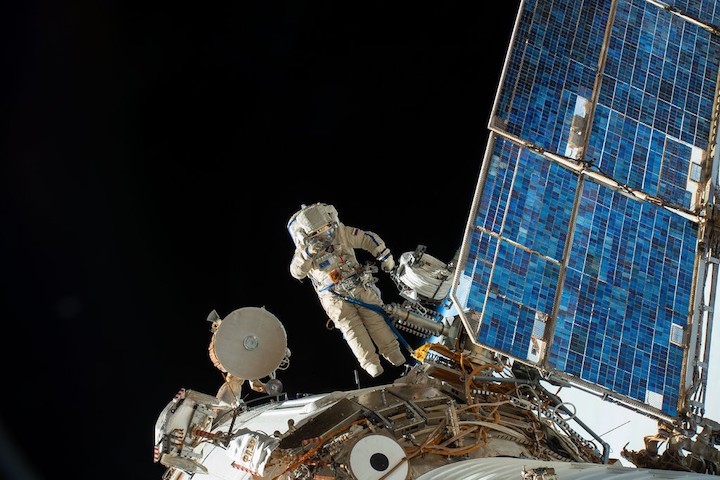
Sergey Prokopyev during a spacewalk on the International Space Station in August. On Tuesday, he and Oleg Kononenko will put on their spacesuits to inspect a mysterious puncture in a spacecraft that is docked with the station.CreditCreditNASA
On Tuesday, Russian astronauts hope to gather clues in a whodunit at the International Space Station.
The astronauts, Oleg Kononenko and Sergey Prokopyev, are to conduct a spacewalk to examine the outside of a Soyuz capsule currently docked at the space station and used for transporting astronauts. They, as well as officials at NASA and the Russian space agency, want to know why there is a hole in the Soyuz. That small cavity roiled space relations between the United States and Russia this summer, leading to speculation in Russian media about an act of sabotage aboard the station.
The spacewalk, expected to last six hours, is scheduled to begin at about 11 a.m. Eastern time. NASA Television will broadcast coveragebeginning at 10 a.m. Or you can watch it in the video player below:
On Aug. 29, instruments on the space station noted a slight drop in air pressure. It was not an immediate risk to the crew of six astronauts, who were asleep at the time. Flight controllers on the ground did not even wake them up.
The next day, astronauts found the leak — a two-millimeter-wide puncture in the Soyuz — and sealed it. At first, space experts speculated that the spacecraft had been punctured by a micrometeoroid — a high-speed speck of rock or debris.
A few days later, Russian officials came to a different, startling conclusion. The hole, circular in shape, looked to have been drilled.
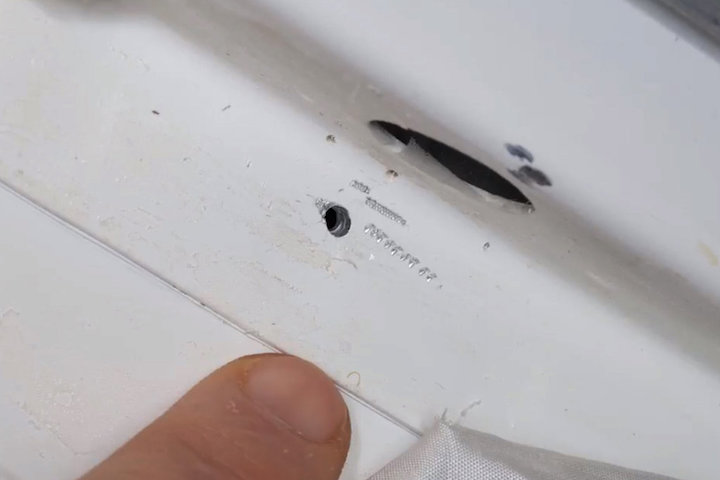
Mr. Rogozin said it could have been a manufacturing error, but he also raised the specter of sabotage, possibly even by one of the astronauts.
The following week, Russian media reported a theory that a NASA astronaut was the culprit.
NASA and Roscosmos tried to tamp down the rumors.
A statement issued on Sept. 13 said Mr. Rogozin and Jim Bridenstine, the NASA administrator, “noted speculations circulating in the media regarding the possible cause of the incident and agreed on deferring any preliminary conclusions and providing any explanations until the final investigation has been completed.”
During the spacewalk, the Russian astronauts will take pictures of the hole and look for residues that may help solve the mystery.
The Soyuz spacecraft will return to Earth later this month. The hole will pose no danger to the descending astronauts. The damage is in an upper portion of the spacecraft that will be discarded before re-entry.
Quelle: The New York Times
+++
LIVE-Frams von Russian EVA: 17.20 MEZ NASA-TV
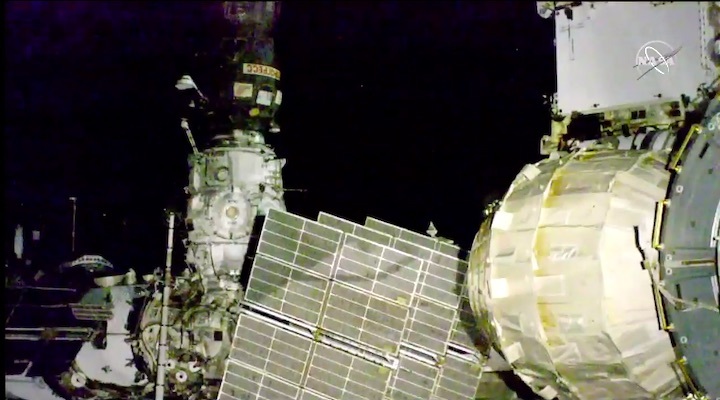
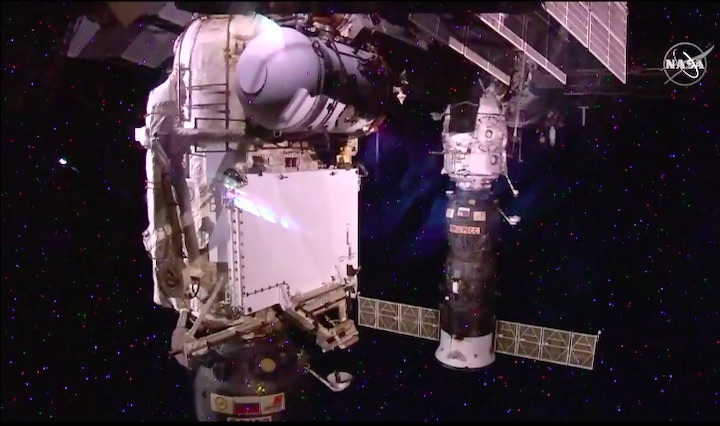
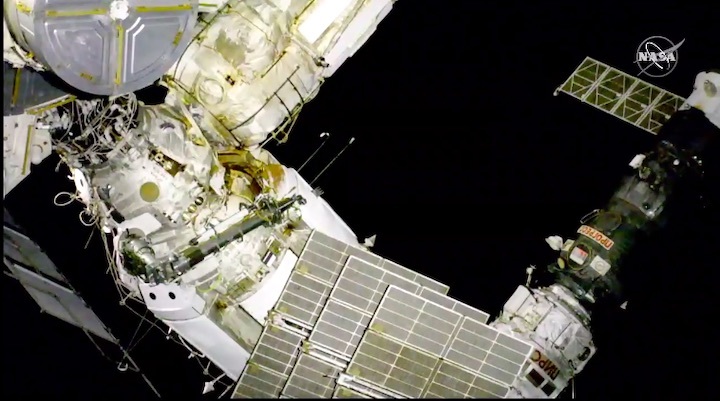
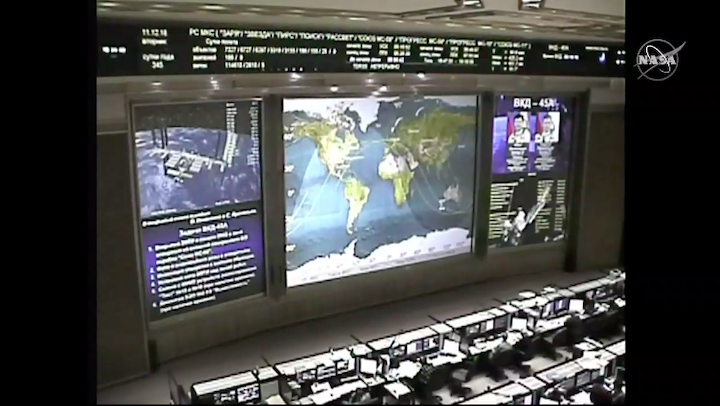
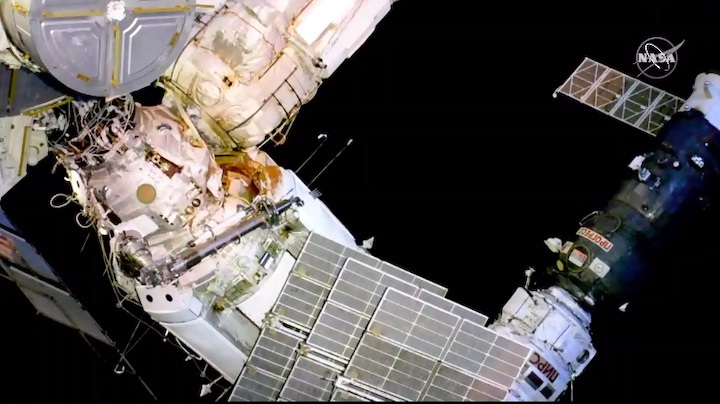
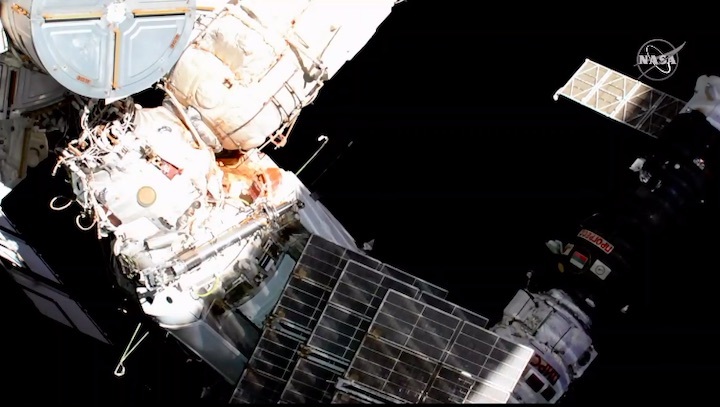
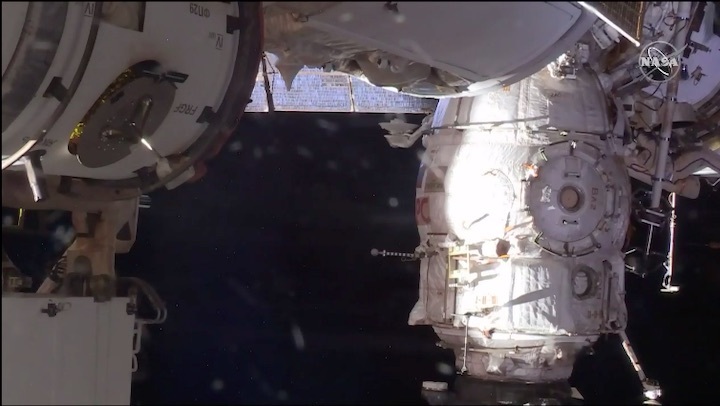
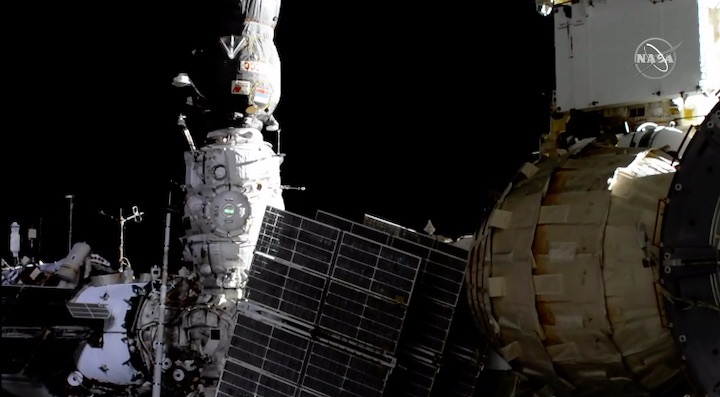
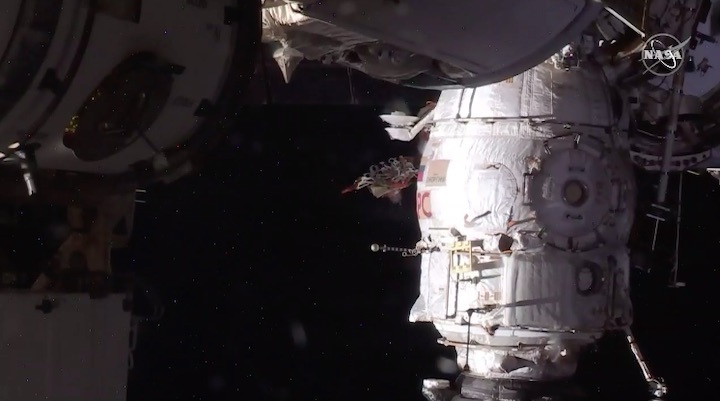
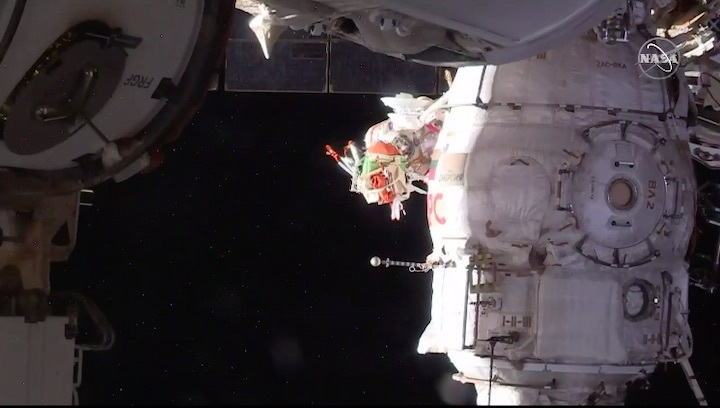
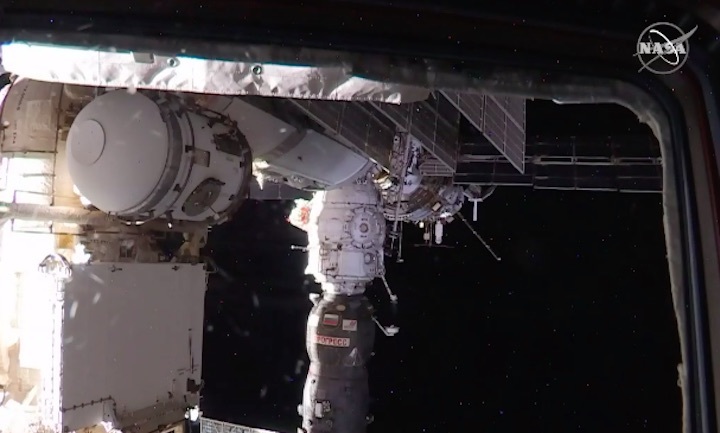
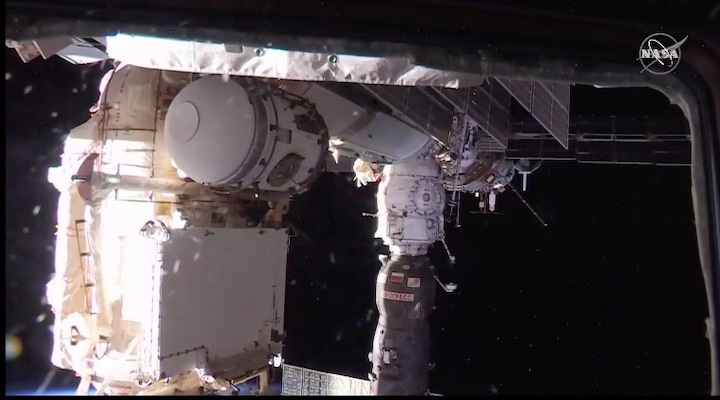
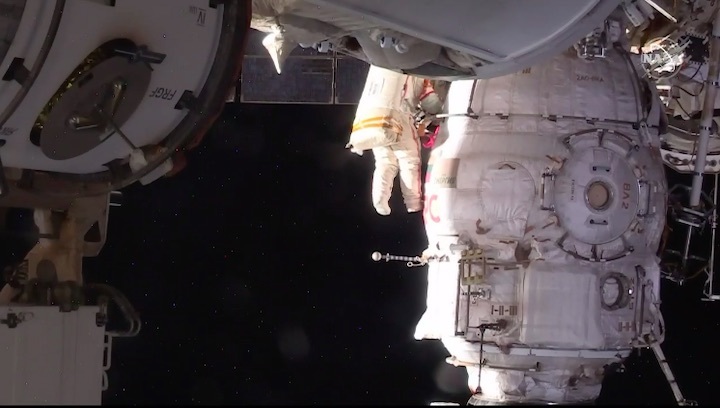
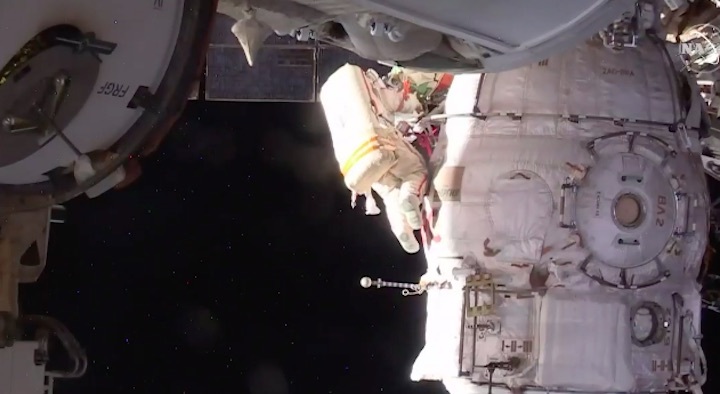
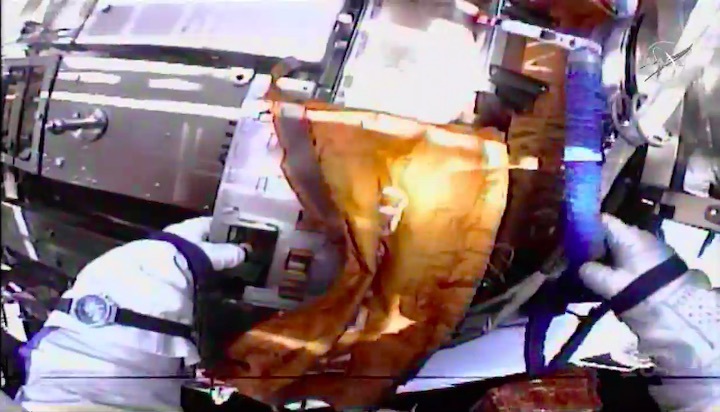
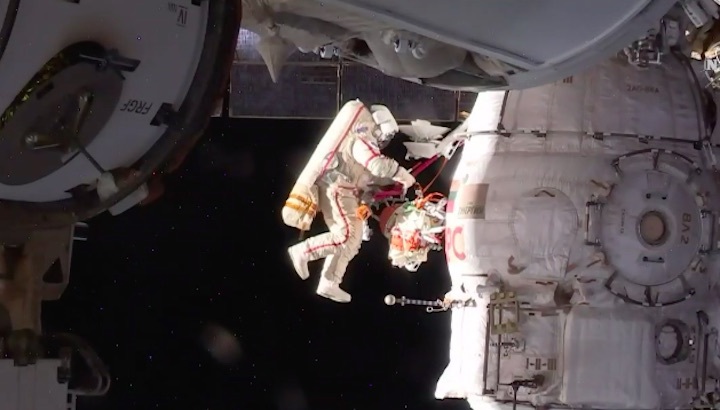
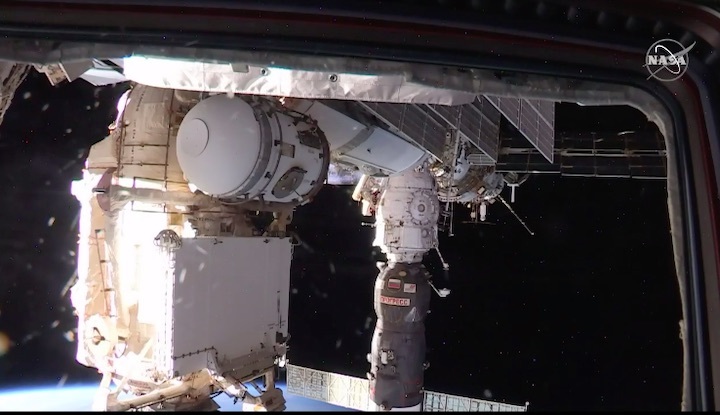
+++
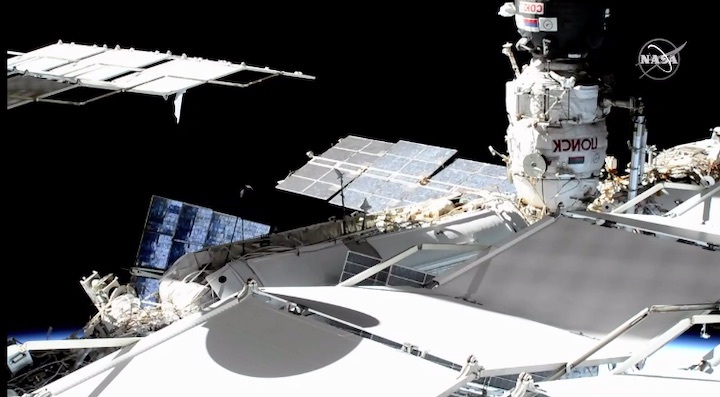
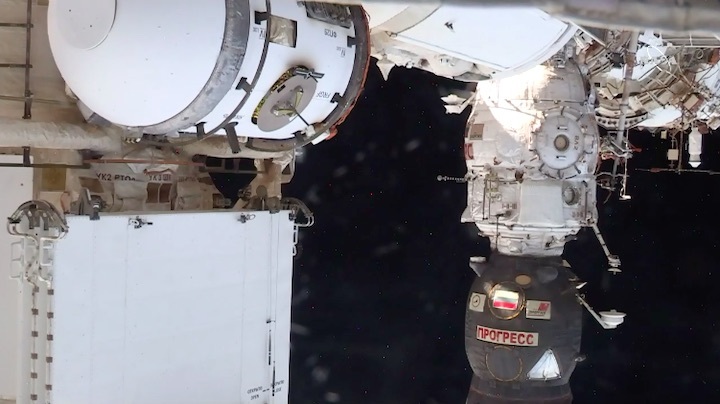


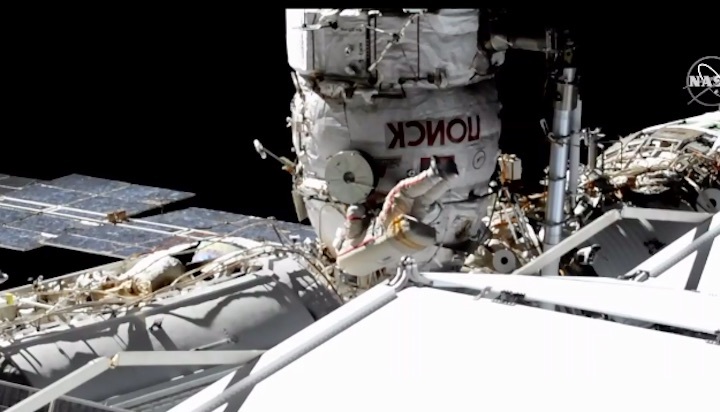

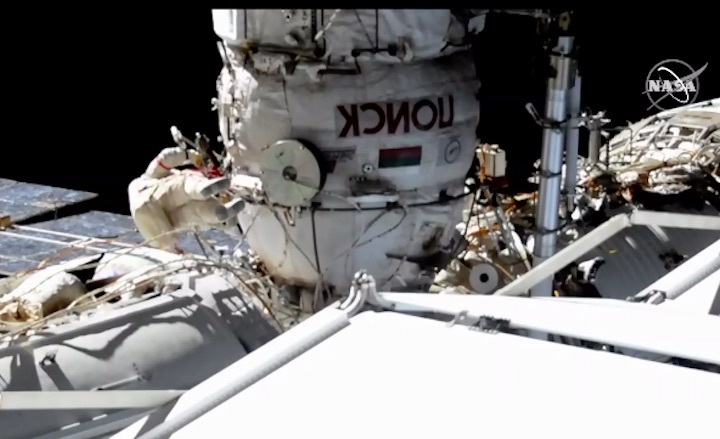
+++
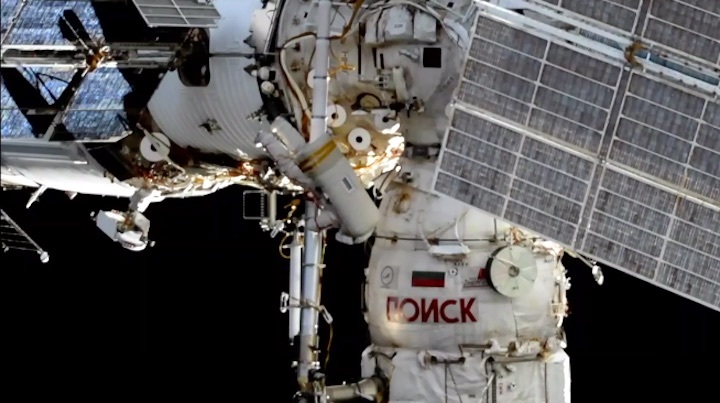

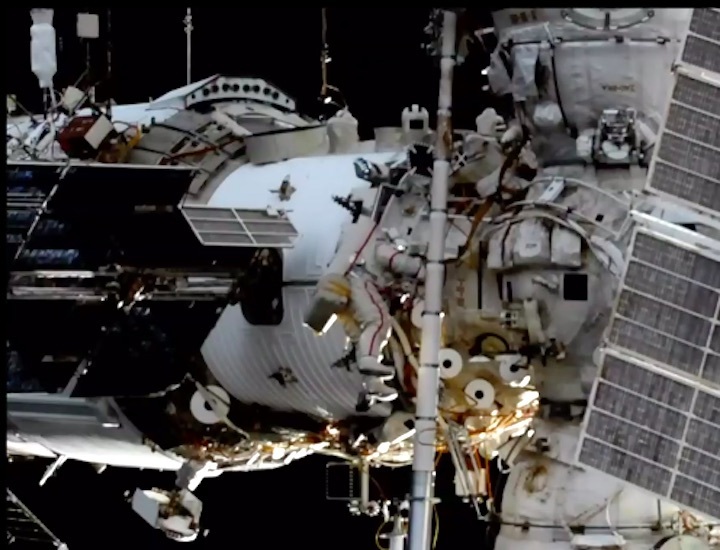
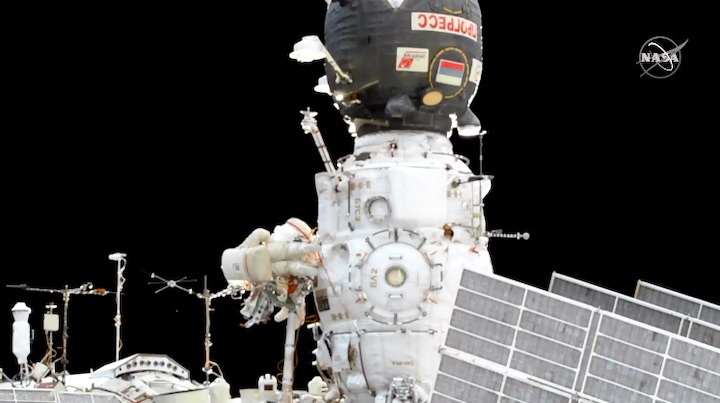
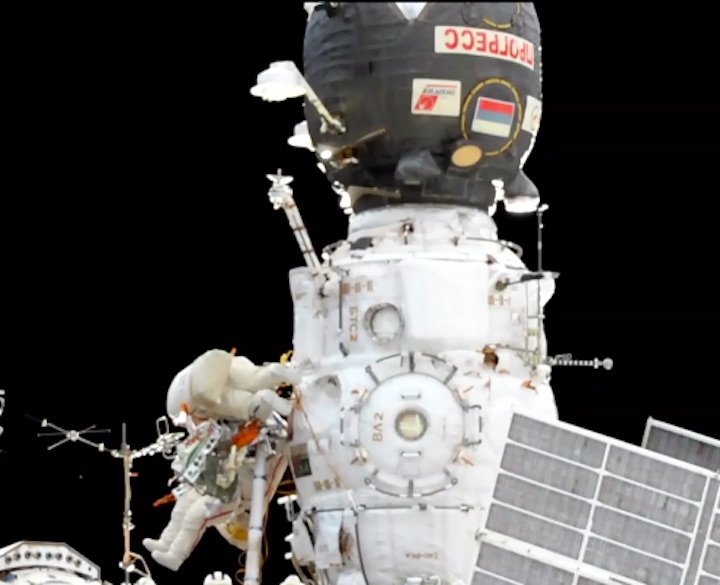
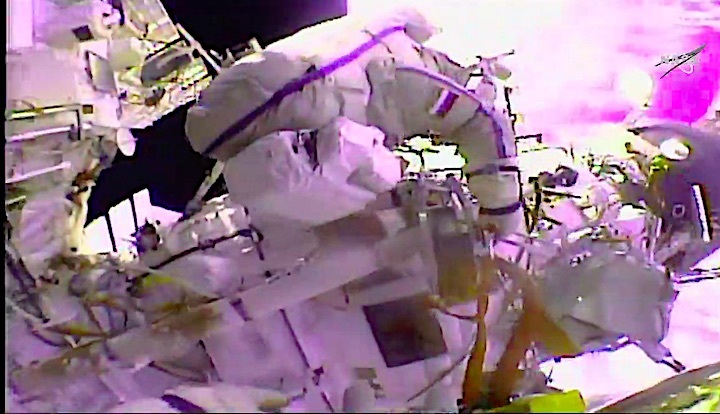
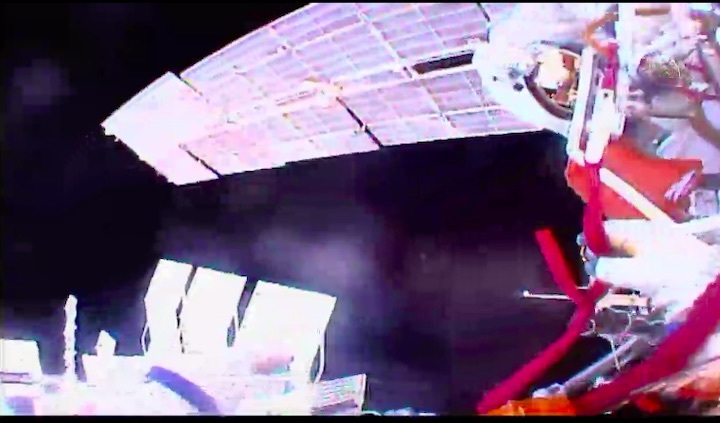


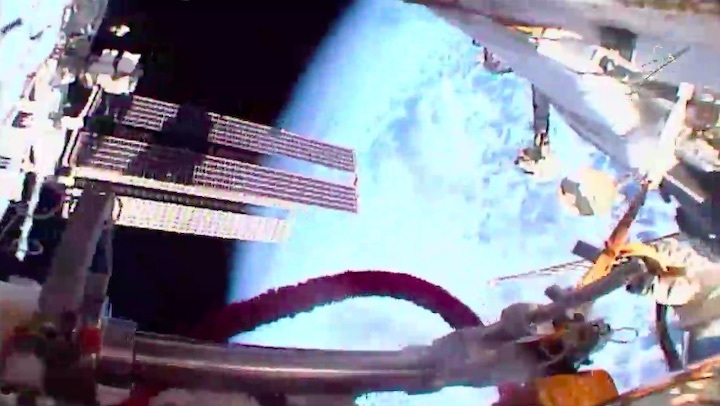
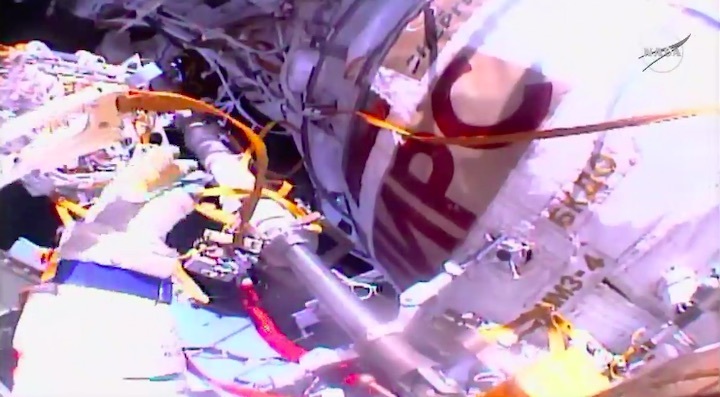
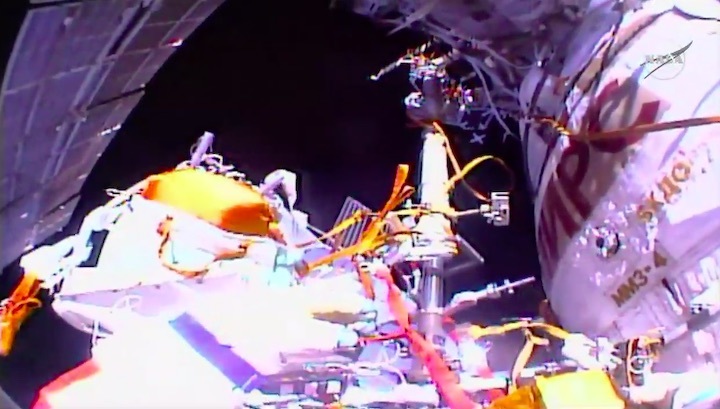
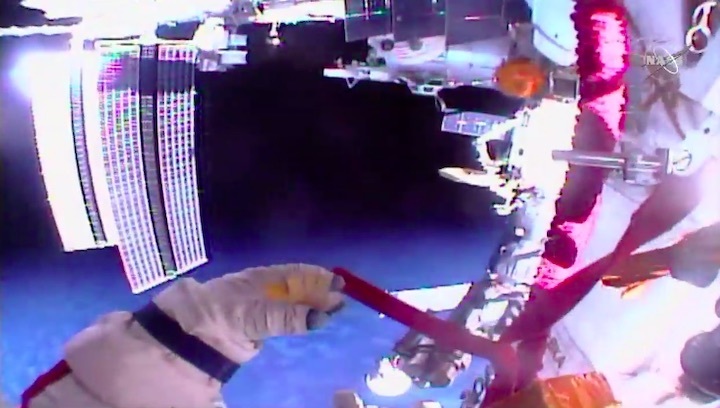
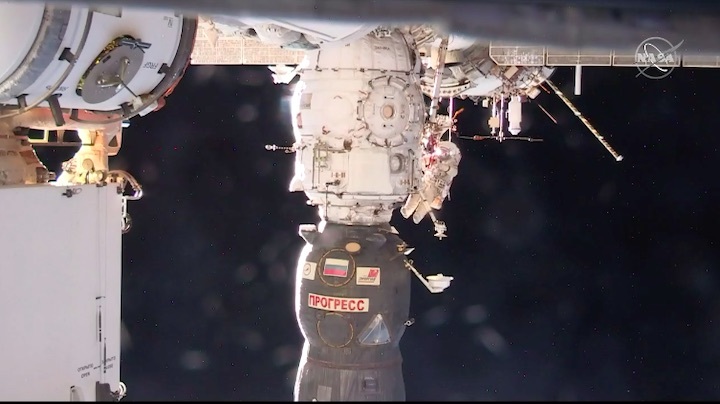
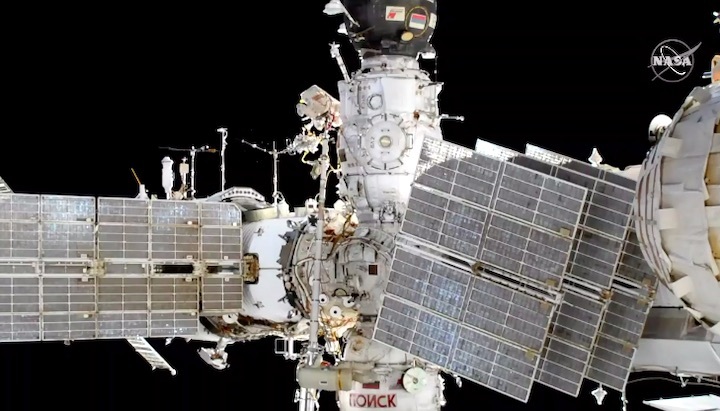

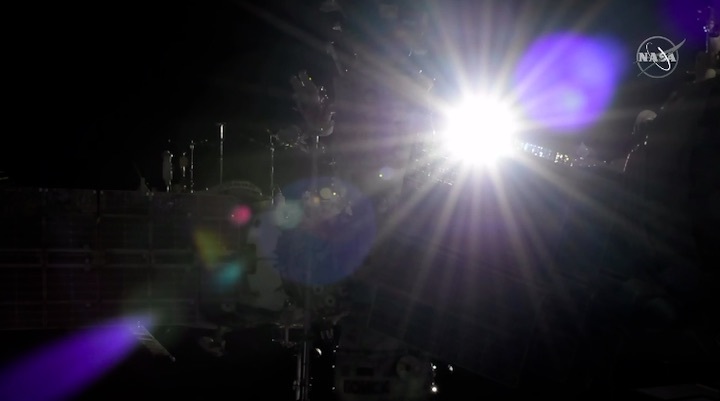
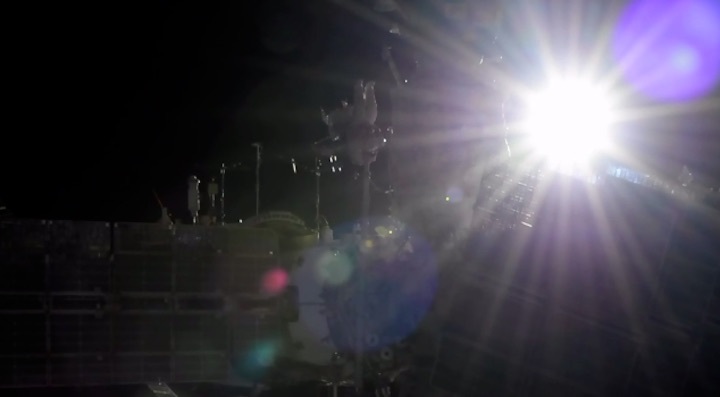
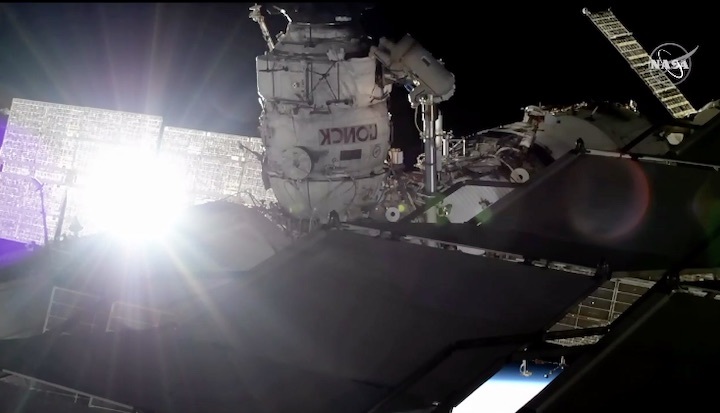
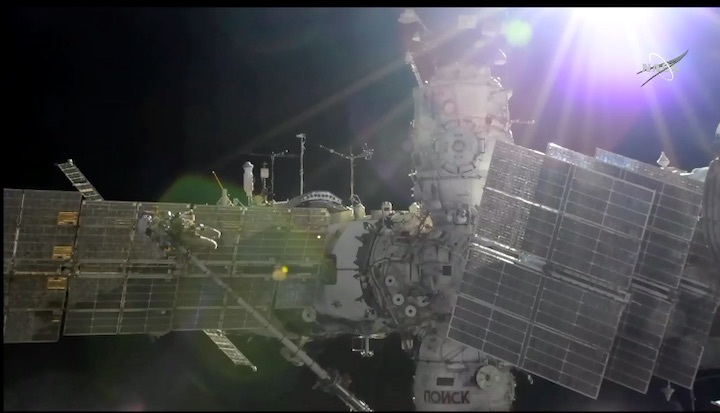
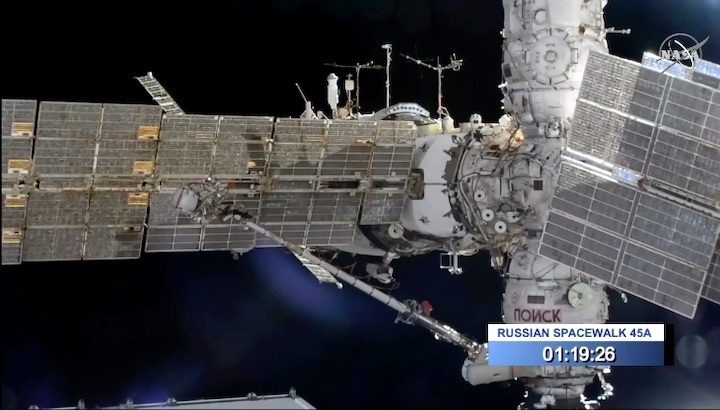
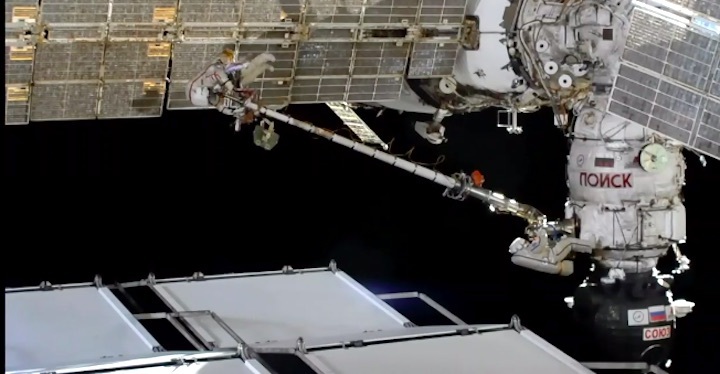
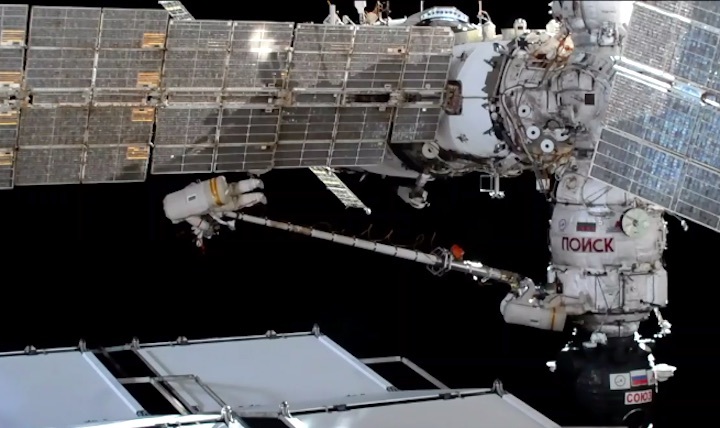
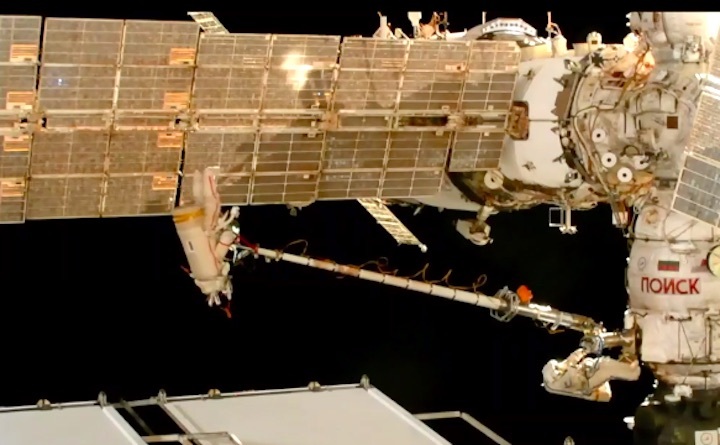
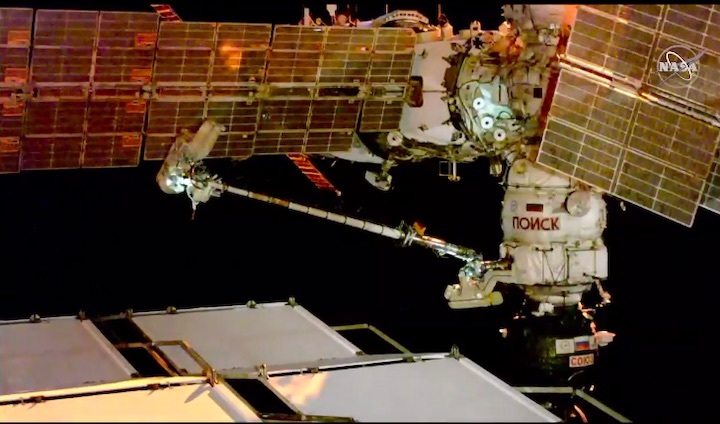
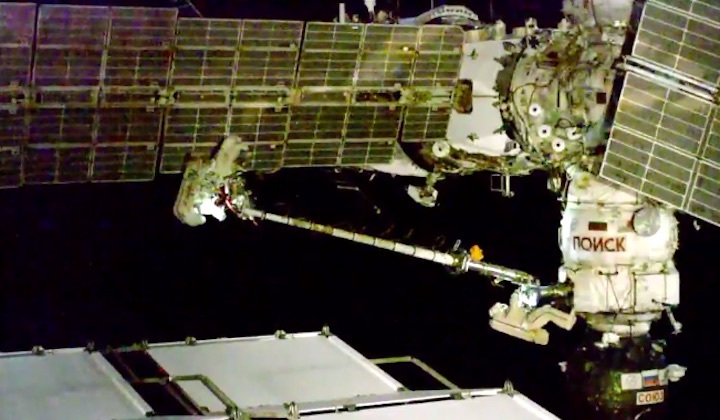
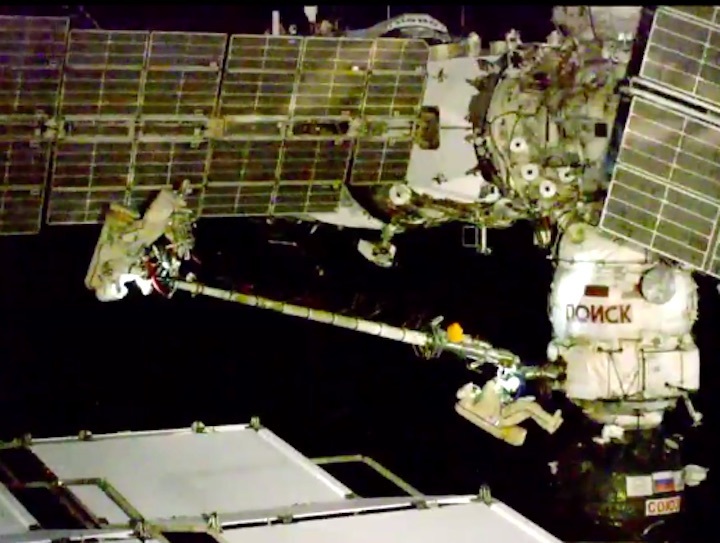
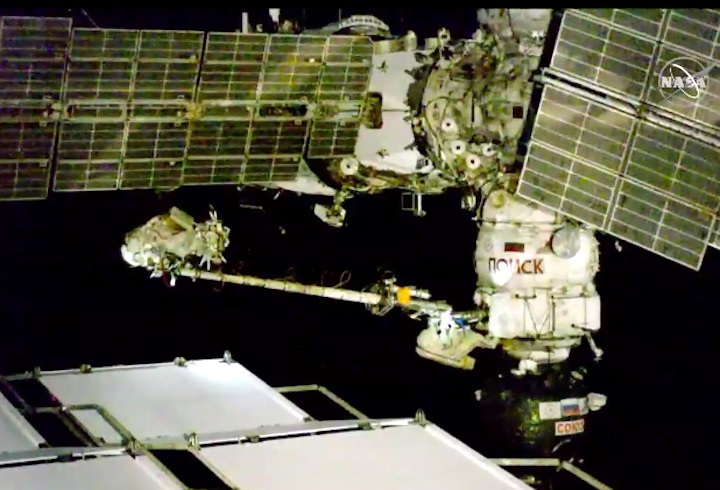

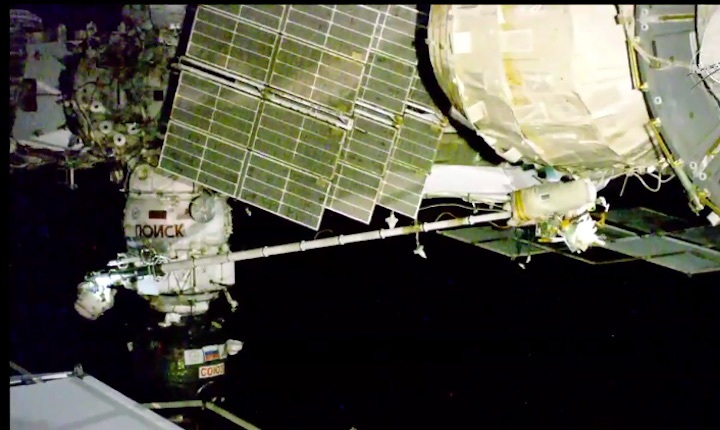
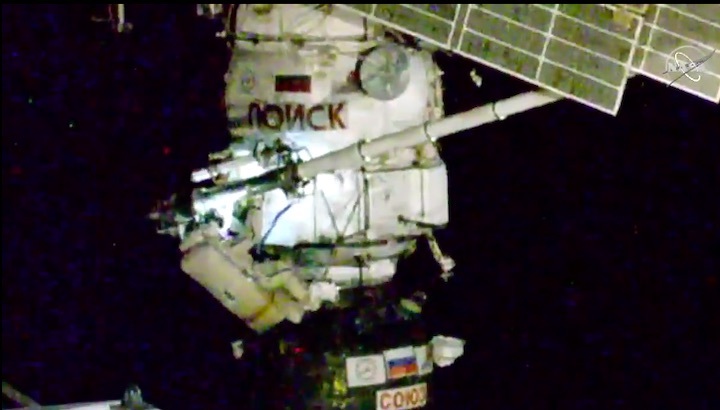
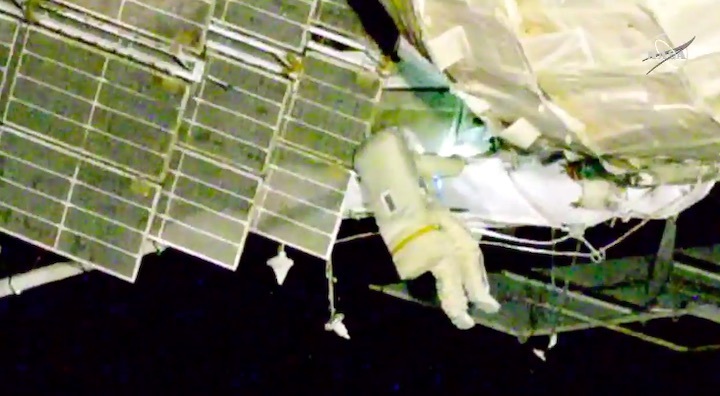
Quelle: NASA-TV
